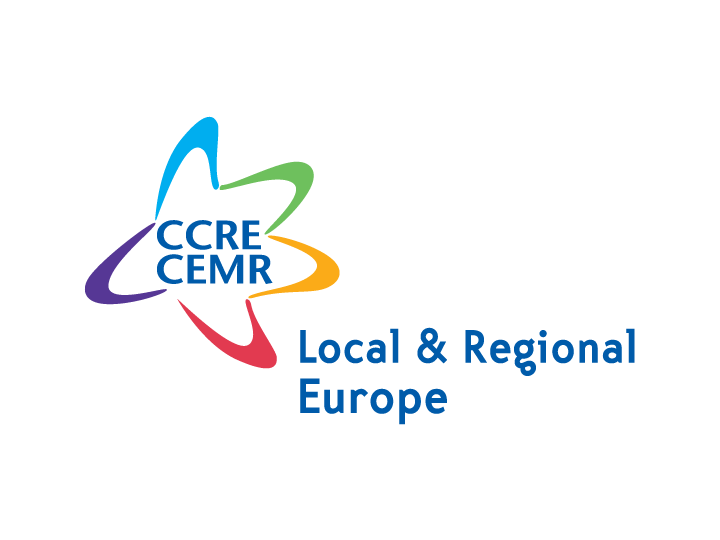Urban audit 2008: Demographic, economic and enviromental indicators of Europe’s cities
The European Commission has published on 24 September 2008 its urban audit, a "health check" on 321 European.cities. The urban audit is not only a tool for European cohesion policy but must also be used at all.levels of decision-making (national, regional and local) and by all policies that have an impact on cities, European Commissioner in charge of Regional Policy Danuta Hübner said.
Acc ording to the survey, a number of European cities, particularly in Central and Eastern Europe, are experiencing a decline in their population. Of the 14 major cities examined in Romania, 13 saw their population decline compared to the national average. This
However, the urban audit also indicates that other cities have seen their population increase considerably over the past few years, in particular Palma de Mallorca (Spain), Galway (Ireland), Kalamata (Greece) and Oulu (Finland). Immigration from European Union and non-EU countries is one factor that can explain this.
The disparity in unemployment rates between different districts of a single city is often greater than between the cities and regions of the European Union themselves. Hamburg, Athens and Bratislava are examples of cities with very high levels of unemployment in certain clearly defined neighbourhoods.
New data on the environment shows, for example, that certain European cities manage to recycle almost 80% of their waste (Dresden, Frankfurt am Main), that Brussels incinerates more than 90% of its waste and that over 1/3 of cities from still use open landfills.
The data were collected in 2006 and 2007 and cover 362 cities, of which 321 are in the 27 EU Member States and 42 are outside the European Union (Norway, Switzerland, Croatia, Turkey). These cities represent more than 25% of Europe's population, or 120 million inhabitants.
The urban audit 2008 (in English)
rn

Climate, Sustainable Finance Officer




